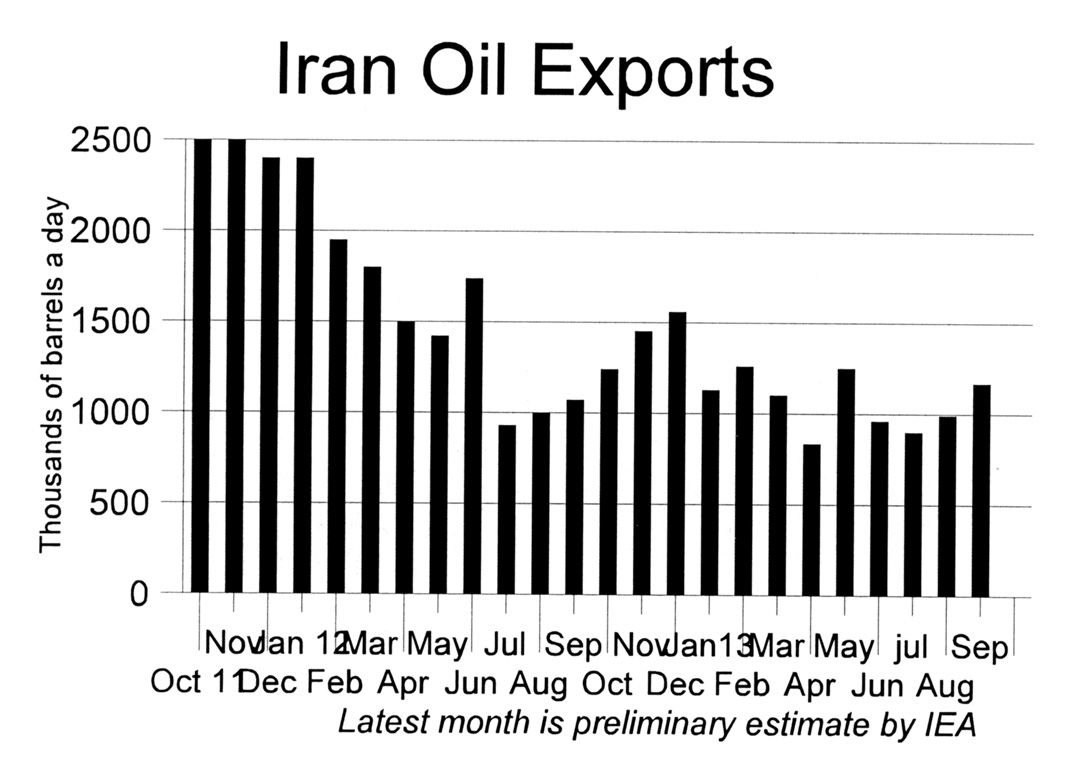October 18-2013
The Rohani Administration has decided that cash welfare payments should not be made to the richest 30 percent of the population, the state news agency reported last week.
Majlis deputy Jafar Qaderi told the news agency the Majlis would take up the government’s proposal within the next two weeks.
Both the Rohani Administration and Majlis deputies have said the cash payment program is grossly over budget and draining government coffers rapidly. That is the main driver behind the proposal to cut people off the dole. In addition, many people object to making payments to the wealthiest parts of the population that do not need the payments to survive.
But the state news agency’s story on the proposal failed to explain how the government would determine who are the wealthiest 30 percent of the population—and that is the key.
When the plan to end subsides on energy and other commodities and replace them with cash welfare payments was proposed four years ago by the Ahmadi-nejad Administration, the original concept was to divide the populace into tenths with the largest payments to the poorest tenth and no payments to the wealthiest few tenths.
It was the Majlis that changed that and ordered payments to everyone, though the idea of a sliding scale remained. When Ahmadi-nejad Administration officials sat down to work out the details, they were unable to devise a workable system to divide the public into wealth groups. The only information they had was from statements filed by families declaring their wealth, with no way to judge the accuracy of those statements. So, in the end, President Ahmadi-nejad reluctantly proposed equal payments for all.
The key issue, then, is how to judge family wealth—and that point has not been discussed by anyone in the new administration or in the Majlis.
Neither has anyone has said if the new proposal is to continue equal payments to the least wealthy 70 percent of the population or to create a sliding scale.
The welfare system currently pays every citizen 455,000 rials per month. That is about $15 based on the current free market exchange rate. The payment has less than half the buying power it had three years.


















